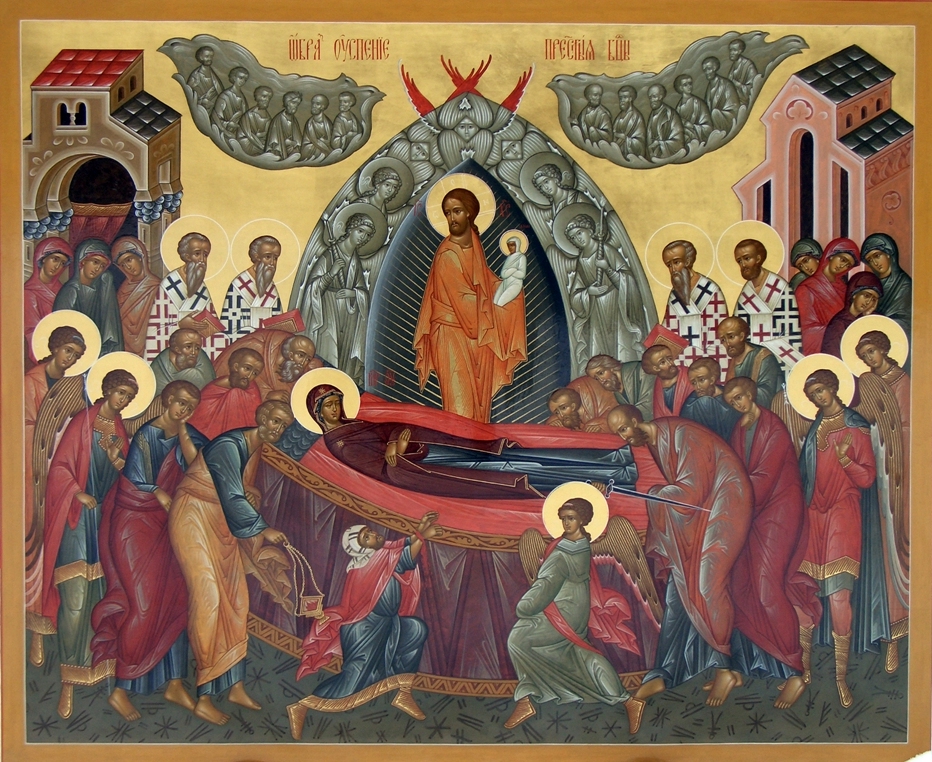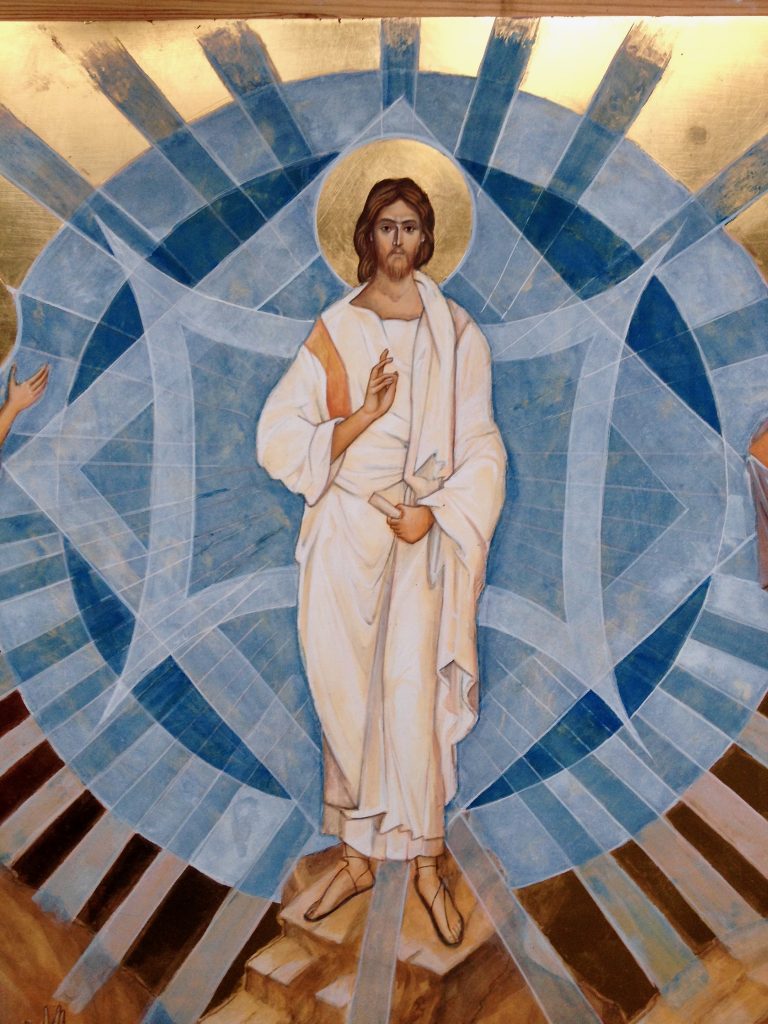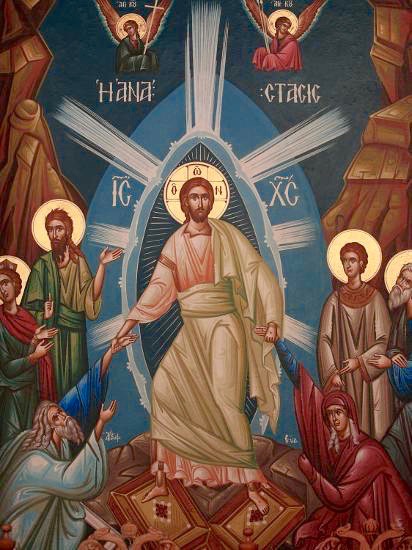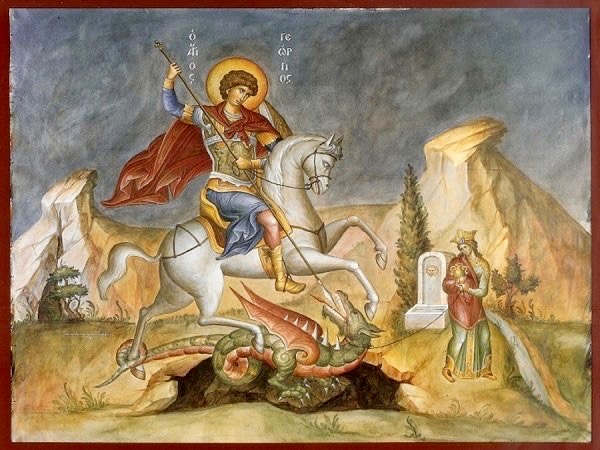![]()
For Orthodox, the true image of God and the true nature of man are revealed in history by one event. God has revealed Himself to us in Christ. Through the Holy Spirit and the Virgin Mary, the Theotokos, Christ accomplishes this by His Incarnation in the Flesh. The Incarnation of our Savior, the Lord Jesus Christ, reveals the image of the Father to the world and only through Him, in the Holy Spirit, can we KNOW God the Father (St. John 17, 25-26). The hymn of Christmas, by St. Romanos the Melodist, summarizes the theology of incarnation with this phrase, “A new born child; God before the Ages”.
The Incarnation is an act of GOD out of love. It is an act of God identifying with our nature and of sharing His Nature with us. The nature of God as Trinity was the topic of the first two Ecumenical Councils; the next five great Councils dealt with who is Jesus and what is His relationship to us, His creation.
- JESUS CHRIST IS FULLY AND COMPLETELY PERFECT GOD.
- JESUS CHRIST IS FULLY AND COMPLETELY PERFECT MAN.
- JESUS CHRIST IS NOT TWO PERSONS BUT ONE.
- JESUS CHRIST IN HIS HUMANITY IS LIKE US IN EVERY WAY, SAVE HE IS WITHOUT SIN.
Our God as Trinity is a perfect community of love shared between the Three Persons of one essence. The Incarnation is also about sharing and participation. Christ shares our humanity, even to death on the cross. This act of perfect love enables us, in Christ, through His Spirit to participate in the life of God. We are called to intimate communion, even friendship with our Lord. The entire history of Christ in the world can be summed up in one word ENCOUNTER. Through Him, in Him and with Him, we encounter the Living God. Christ assumed our human nature and our human body. He transformed them with the Glory of God and showed us the true original beauty of our created potential. In His Ascension He present our humanity to His Father, wholly transfigured, so that we might share in the Nature of God. As we celebrate the great miracle of Christ’s incarnation let us allow Christ to be born in our hearts as He was born in that humble manger in a cave. By allowing Christ to be born within us we can become His presence in the world to love our fellow human beings as He loves us.
Ria and I wish you and your families a blessed Nativity and a joyous 2021. God Bless Fr. G









